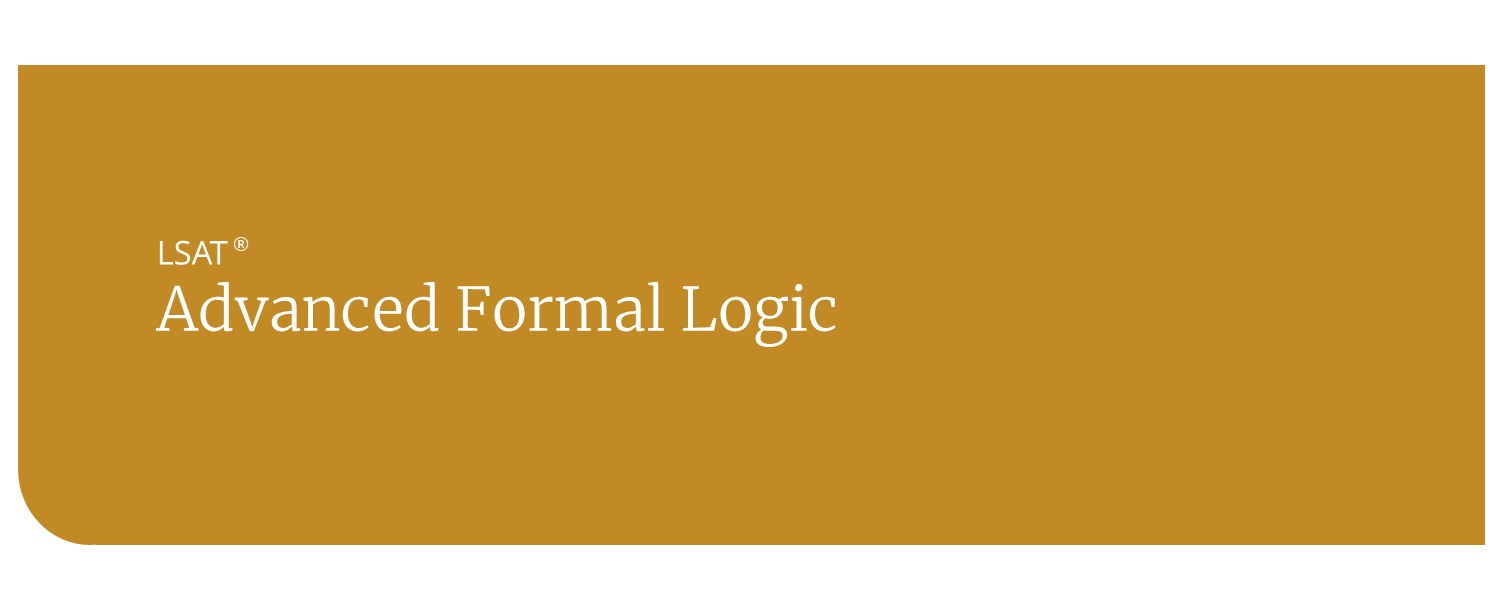LSAT Formal Logic: Understanding Necessary vs. Sufficient Conditions
In Formal Logic, one concept that frequently perplexes students is the distinction between necessary and sufficient conditions. The LSAT (Law School Admission Test) often tests your ability to correctly identify and apply this crucial distinction. To help you conquer this challenge, this comprehensive guide will demystify necessary and sufficient conditions, and equip you with the skills needed to ace your LSAT formal logic section.
Understanding Necessary and Sufficient Conditions
Before delving into the specific characteristics and examples of necessary and sufficient conditions, let’s define and differentiate between the two:
1. Necessary Condition: A necessary condition is a condition that must be present in order for a particular outcome to occur. In other words, it is a requirement that must be met to achieve the desired result. Without this condition, the desired outcome is impossible.
2. Sufficient Condition: A sufficient condition is a condition that guarantees, by its presence alone, the desired outcome. It is sufficient to bring about the desired result, regardless of any other factors.
Characteristics of Necessary and Sufficient Conditions
To better understand necessary and sufficient conditions, it is vital to recognize their distinguishing features:
1. Necessary Conditions:
a) A necessary condition only guarantees the possibility of the desired outcome.
b) Multiple necessary conditions may exist.
c) The absence of a necessary condition causes the desired outcome to be impossible.
d) A necessary condition is not enough on its own to produce the desired outcome.
e) A necessary condition could be present without the desired outcome occurring.
2. Sufficient Conditions:
a) A sufficient condition guarantees the achievement of the desired outcome.
b) Only one sufficient condition is needed to produce the desired outcome.
c) The presence of a sufficient condition is enough to ensure the desired outcome.
d) Additional factors may also contribute to the outcome, but they are not necessary.
e) A sufficient condition necessarily leads to the desired outcome whenever it is present.
Examples of Necessary and Sufficient Conditions
To solidify your understanding, let’s explore some examples of necessary and sufficient conditions:
1. Necessary Condition Example: In order to vote in the United States, one must be a citizen. Being a citizen is a necessary condition for voting because without citizenship, one is ineligible to participate in the democratic process. However, being a citizen alone does not guarantee that a person will vote.
2. Sufficient Condition Example: If it is raining, then the ground will be wet. Rain is a sufficient condition for the ground to be wet because rainfall alone is adequate to ensure the occurrence of wet ground. Other factors, such as watering the ground, may also contribute to wetness, but they are not necessary.
Common Pitfalls to Avoid
Now that you have a general understanding of necessary and sufficient conditions, let’s explore some common pitfalls to watch out for during the LSAT:
Confusing Necessary and Sufficient Conditions
It is crucial to distinguish between what is necessary and what is sufficient to ensure a desired outcome. A common error is inaccurately identifying the relationship between these two conditions. Remember, a necessary condition is required for the outcome to be possible, while a sufficient condition guarantees the outcome alone.
Mistaking Correlation for Causation
Just because two events occur together does not mean that one causes the other. Be cautious when making assumptions based solely on correlation. Identifying the necessary and sufficient conditions will help you avoid these cognitive biases.
Ignoring Additional Factors
While a sufficient condition guarantees a specific outcome, it does not exclude the possibility of other factors contributing to the outcome. Consider all available information and recognize that a necessary or sufficient condition may not account for every possible influence.
Tips for Mastering Necessary and Sufficient Conditions
Now that you are aware of the pitfalls, here are some tips to master necessary and sufficient conditions on the LSAT:
Practice Diagramming
Diagramming is an excellent tool for visualizing the relationships between necessary and sufficient conditions. Create diagrams that clearly represent the logical connections between various statements, helping you identify the key components of each scenario.
Understand Logical Connectors
Logical connectors such as “if-then,” “only if,” and “unless” play a vital role in determining necessary and sufficient conditions. Spend time mastering their meanings and implications to accurately analyze logical statements.
Apply Real-World Scenarios
Engage in exercises that require you to identify necessary and sufficient conditions in real-world scenarios. Practice recognizing these conditions in your daily life or in news articles, reinforcing your understanding and improving your LSAT skills.
Mastering necessary and sufficient conditions is essential for success on the LSAT formal logic questions. By understanding the characteristics, examples, and common pitfalls associated with these conditions, you will be well-equipped to tackle challenging LSAT questions with ease. Regular practice, diagramming, and real-world application will further solidify your comprehension, allowing you to confidently navigate the complex world of formal logic.

